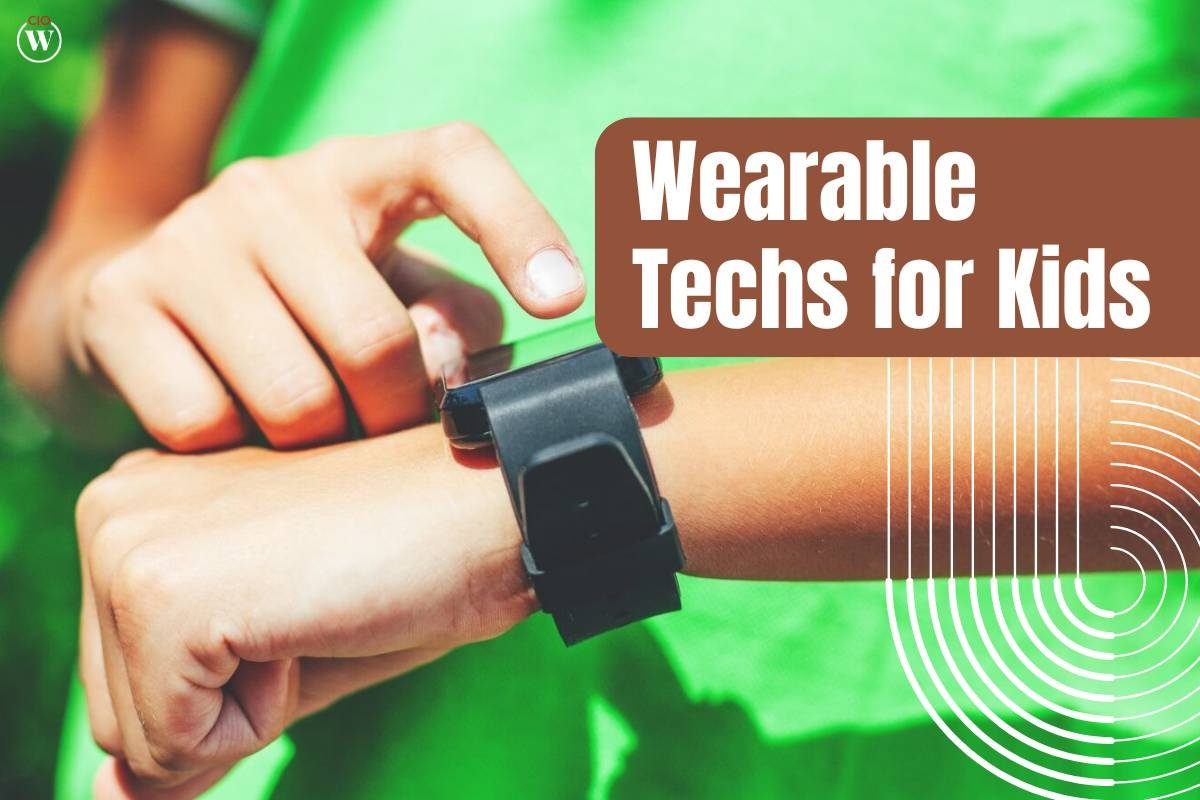Many industries are about to undergo a revolution through artificial intelligence (AI), which will automate tasks and streamline processes. However, this comes with its downside; millions of jobs stand to be lost. A recent report by McKinsey Global Institute paints a worrying picture, indicating that AI and the future of work for women could have a gender-based effect on women’s jobs in the workforce by 2030.
AI and Automation: A Double-Edged Sword
In the next 13 years, almost 30 percent of working time in the USA will be automated if this forecast is true. Although some advantages are coming with automation, such as a decrease in errors and enhanced efficiency, it also potentially eliminates many current jobs. Particularly at risk are service sectors like the food industry, customer service representatives marketing to clients, and those doing office work because their tasks largely consist of routines that artificial intelligence can mimic.
Why Women Bear the Brunt
A McKinsey report shows a worrying trend: the overrepresentation of women in industries that are shrinking. Employment in catering, customer care, and sales sectors is characterized by low wages as well as a dearth of opportunities for promotion. However, the jobs that offer financial independence to women are threatened by automation itself.

Additionally, the report states that females occupy a larger share of minimum wage positions compared to males. Consequently, they are more vulnerable to economic shocks resulting from automation. In essence, once they lose their jobs, it may affect their health insurance coverage and raise the question – how long does insurance last after you quit? For many, it can become a painful and nerve-racking process.
A lot of hiring managers present short-term bridge arrangements that commonly are under COBRA (Consolidated Omnibus Budget Reconciliation Act), but the financing of this coverage falls squarely on the worker. It may contribute to even greater financial difficulty, including for those who are now unemployed. It can be helpful to remember that every employer has their own policy on health insurance, so make sure you learn about yours.
Beyond Gender: A Widening Inequality Gap
The effects of AI and the future of work for women extend beyond just gender-related issues. The report suggests more groups that are more likely to be victims of job losses caused by AI, such as BAME (Black, Asian, and Minority Ethnic) workers who are unskilled in this area and either the youngest or oldest segments of the workforce. For artificial intelligence revolutionaries who have only basic skills without resources to be retrained for new, emerging jobs, their hopes for a good future may decrease severely.
The tendency of increasing injustice is hovering over the world. Low-paid groups of workers, in most cases from the vulnerable parts of society, will end up creating the most job deficiencies. In the absence of programs like professional retraining and social safety nets, they can lose the opportunity to eventually leave the lower classes and get out of the cycle of poverty.
A Window of Opportunity: Reskilling and Upskilling
Although the McKinsey paper doesn’t depict a very pretty picture, it reflects that while AI and robotics may be the reason why certain jobs are eliminated, other new instances of employment will come into being. These emerging jobs will be from areas that require skills in subjects like data analytics, machine learning, and artificial intelligence.

We can only succeed by preparing the workforce for such a smooth transition. Governments, educational bodies, and companies should constantly be on guard for training and retraining programs and upskilling the workforce. The essence of these programs is that they should be part of initiatives that everyone could join, and such initiatives should be inexpensive, too, especially for those who are in the most danger because of job displacement.
Rethinking Hiring Practices: The Challenge of AI Bias
The proposed report states that AI and the future of work for women could be applied not only to detect diverse candidates with skills that may have been overlooked using traditional hiring methods but also to find them. Yet, currently, existing AI hiring tools are reported to have biases, which prompts questions about their reliability. AI algorithms could deepen the existing inequality trends, showing evidence of bias towards candidates with established reputations, education, and employment experience.

Ethical guidelines matter a lot, as AI-based recruitment applications need to be designed and implemented in a way that ensures candidates are treated fairly and objectively.
Conclusion: Embracing the Future and Protecting the Vulnerable
The advancement of AI is putting a bold challenge on us. Although automation naturally brings amazing benefits to life, it makes sizable inroads into employment inevitable. But the future of work is daunting as workers face the risk of being replaced by technological automation, especially among women and low-paid workers. We can ensure that AI and the future of work for women increase prosperity and reduce the marginalization of the poor by fostering job opportunities for those who lost employment, emphasizing inclusivity in hiring practices, and engineering non-discriminating AI systems.
The decisions we make have the potential to create divisions between AI-enabled and AI-less working classes or provide all of society with access to technology – a choice between these two different outcomes. Adopting AI’s transformative power is beneficial as long as we pay attention to those who are vulnerable in such a way that we may achieve a working world for all.









